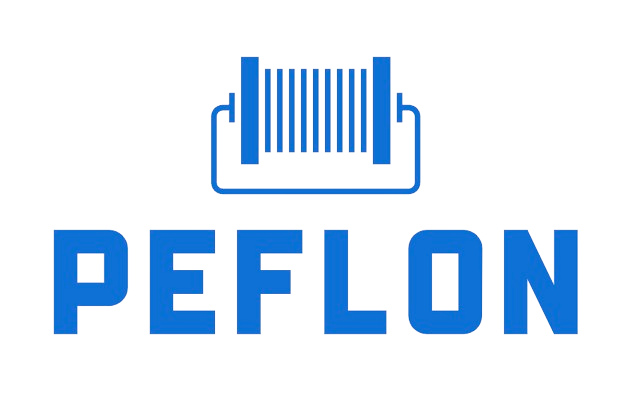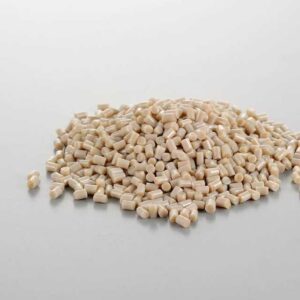Many people wonder if is Teflon banned, and if is Teflon still in use.
Modern Teflon cookware is considered safe when used correctly, as it no longer contains harmful chemicals like PFOA that are linked to health issues.
As we explore this topic further, we'll explore Teflon's history, its current safety standards, and what precautions you should take to ensure safe cooking.
Modern Teflon products no longer contain harmful chemicals like PFOA.True
PFOA was phased out of Teflon production by 2015.
Teflon cookware has always been safe to use without concerns.False
Earlier Teflon contained PFOA, linked to health risks.
What Are the Health Risks Associated with Teflon Cookware?
Teflon cookware may seem convenient, but it hides potential health risks that you should know about.
Concerns about Teflon mainly stem from its historical use of perfluorooctanoic acid (PFOA), a chemical linked to serious health issues. Although PFOA has been phased out since 2014, awareness of safe usage remains crucial.

Teflon, or polytetrafluoroethylene (PTFE)[^1], is popular for its nonstick properties. However, older cookware made before 2013 often contained PFOA, which has been associated with chronic diseases and certain cancers. The U.S. EPA mandated the elimination of PFOA by 2015, leading to safer alternatives in the market today.
Teflon cookware is considered safe under normal cooking conditions, overheating can release harmful fumes that cause temporary flu-like symptoms known as polymer fume fever. It’s also important to note that while PTFE particles may flake off cookware, they are generally not harmful when ingested.
For those concerned about safety, consider alternatives like ceramic or cast iron cookware[^2]. These options do not pose similar risks and are durable for everyday use. Always follow proper care guidelines for any nonstick products to minimize potential hazards and ensure a safe cooking experience.
PFOA has been phased out since 2014.True
The U.S. EPA mandated PFOA elimination by 2015.
PTFE particles flaking off cookware are harmful when ingested.False
Ingested PTFE particles are generally not harmful.
How Safe Is Modern Teflon Compared to It Before 2014?
Are you worried about the safety of your nonstick cookware? Many people are, especially with the history of harmful chemicals in older Teflon products.
Modern Teflon is significantly safer than its predecessors due to regulatory changes since 2014. The removal of perfluorooctanoic acid (PFOA) from production has led to safer cookware options today.

The shift away from PFOA has been crucial[^3] for improving Teflon's safety profile. Before 2014, PFOA was linked to serious health risks, including chronic diseases and certain cancers. Now, manufacturers produce PFOA-free Teflon that meets strict safety standards. However, it is essential to use modern Teflon correctly. Overheating can still release harmful fumes, causing temporary flu-like symptoms known as polymer fume fever. To minimize risks, avoid cooking at high temperatures and follow care guidelines for your cookware.
While alternatives like ceramic and cast iron exist, many consumers continue using modern Teflon safely when following proper usage instructions. Overall, contemporary Teflon products are considered safe[^4] by major regulatory agencies when used appropriately.
Modern Teflon is significantly safer than its predecessors due to regulatory changes since 2014.True
PFOA removal improved safety, reducing health risks.
Overheating modern Teflon does not release harmful fumes.False
Overheating can still cause polymer fume fever.
What Alternatives to Teflon Should You Consider?
Are you worried about the safety of your nonstick cookware? Discover safer options that can replace Teflon and keep your cooking healthy.
Safer cookware alternatives include ceramic, cast iron, and carbon steel[^5]. These materials do not contain harmful chemicals like PFOA and provide excellent cooking performance without the risks associated with traditional nonstick pans.

Ceramic cookware is a popular choice for those seeking a non-toxic option. It features a natural coating that is free from PTFE and PFOA. This makes it safe for high-heat cooking. Cast iron is another great alternative. It offers excellent heat retention and can last a lifetime if cared for properly. Additionally, it adds beneficial iron to your food. Carbon steel pans are similar to cast iron but lighter and more responsive to heat changes. They develop a natural nonstick surface over time with seasoning, making them versatile in various cooking methods.
| Cookware Type | Safety Features | Cooking Performance |
|---|---|---|
| Ceramic | No PTFE/PFOA | Good for high-heat |
| Cast Iron | Naturally nonstick when seasoned | Excellent heat retention |
| Carbon Steel | No harmful chemicals | Lightweight, versatile |
Choosing these alternatives can enhance your cooking experience while minimizing health risks associated with traditional nonstick cookware.
Ceramic cookware is free from PTFE and PFOA.True
Ceramic coatings are typically made without these chemicals.
Cast iron cookware naturally adds harmful chemicals to food.False
Cast iron adds beneficial iron, not harmful chemicals.
How Can You Safely Use Teflon Cookware in Your Kitchen?
Using Teflon cookware can be risky if not handled properly. Are you aware of the safe practices to minimize these risks?
Modern Teflon cookware is generally safe when used correctly, as it no longer contains harmful PFOA. To ensure safety, avoid overheating and use utensils that won't scratch the surface.

To care for your Teflon cookware[^6], follow these guidelines: Always cook on low to medium heat to prevent overheating, which can release harmful fumes. Use wooden or silicone utensils to avoid scratching the nonstick surface. Clean your pans with soft sponges and mild detergents; harsh cleaners can damage the coating. Avoid using metal utensils or abrasive pads that may cause flaking. If you notice any significant wear or scratches, consider replacing the cookware to maintain safety standards. Additionally, keep birds away from cooking areas due to their sensitivity to fumes from overheated nonstick surfaces. By following these simple steps, you can enjoy the convenience of Teflon without compromising your health.
Modern Teflon cookware no longer contains harmful PFOA.True
PFOA was phased out of Teflon production by 2013.
Overheating Teflon cookware does not release harmful fumes.False
Overheating can release toxic fumes from nonstick coatings.
Conclusion
Teflon cookware is safer now without PFOA, but proper usage is essential to avoid risks. Consider alternatives like ceramic or cast iron for added safety.
[^1]: Understand the material properties and applications of PTFE in nonstick cookware.
[^2]: Learn why ceramic and cast iron are considered safer alternatives to Teflon-coated pans.
[^3]: Understand the health risks associated with PFOA and why its removal improved safety.
[^4]: Learn about the safety assessments of contemporary Teflon by major health organizations.
[^5]: Learn about the advantages of using these safer cookware materials compared to traditional nonstick options.
[^6]: Discover essential tips for maintaining Teflon cookware and ensuring its longevity and safety in your kitchen.







